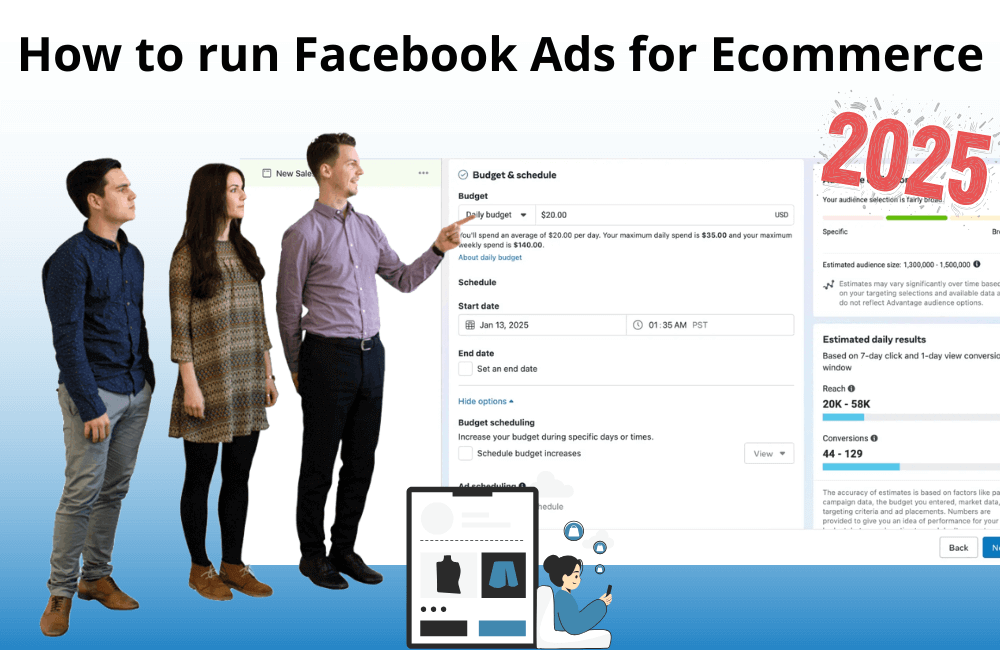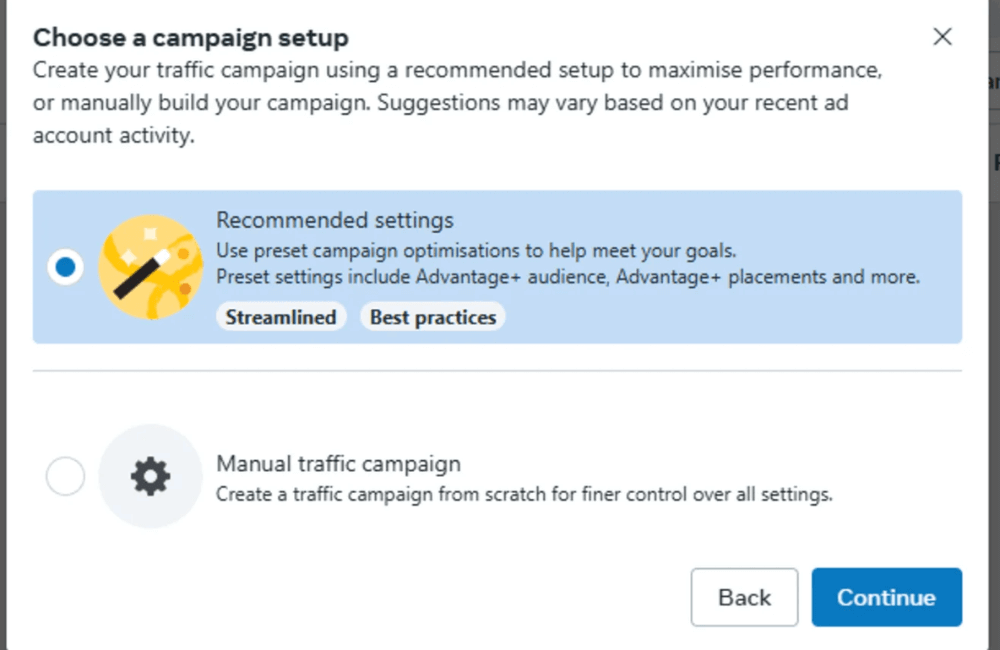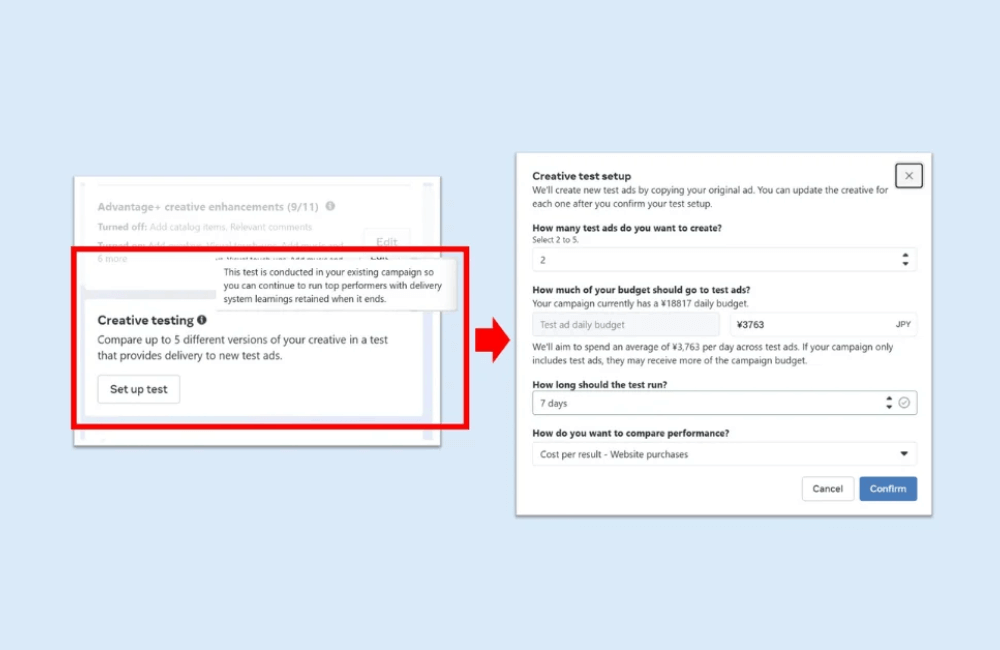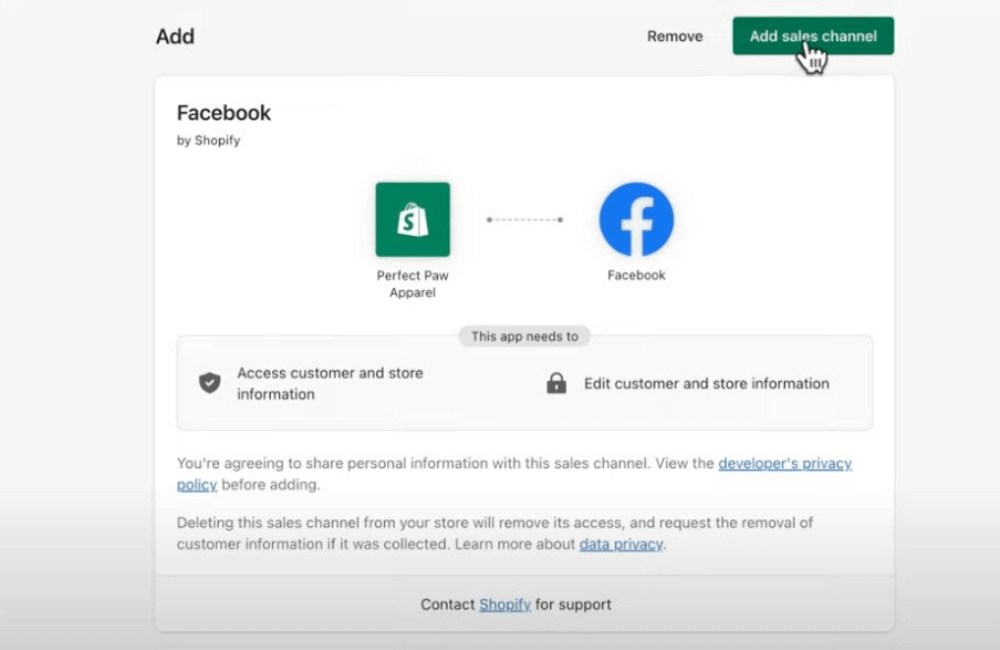How to Run Facebook Ads for Ecommerce(Step-by-Step Guide 2026)

With over 10 years of experience in Facebook advertising, we have spent more than 320 million dollars profitably with Meta Ads, generating over 1.6 billion dollars in revenue. With this experience, we have helped many brands achieve strong growth, from 10,000 to 20,000 to 200,000 to 1 million dollars per month, and even helped brands starting from scratch reach 100,000 dollars/month in revenue in under 6 months. This article will share exactly how BHW will implement Facebook advertising for e-commerce starting from zero in 2025.
Your business wants to expand its e-commerce market but constantly faces problems with Facebook ads, from disabled accounts, ads being “pending” forever, to limited reach. This is the right time for you to experience Black Hat World’s Facebook ad account rental service.
With 11 years of hands-on experience, a deep understanding of Facebook’s algorithm, and the ability to deploy hundreds of large-budget campaigns, even in sensitive industries, BHW is confident in providing you with a comprehensive, effective, and cost-optimized advertising solution. Not only do we help businesses overcome account barriers, but we also accompany them to unlock strong growth opportunities on a global scale.
How to Run Facebook Ads for Ecommerce(Step-by-Step Guide 2026)
To run an effective e-commerce business on Facebook, e-commerce advertisers need to establish a professional Facebook account ad account structure and set up campaigns precisely. Below, BHW will provide a detailed step-by-step guide on how to set up campaigns, ad sets, creatives, and optimize ad content based on our experience.
Step 1: Campaign setup

In the ads manager interface, you should select the Sales objective because the main goal of e-commerce is always to sell. Then, choose Manual Setup. The reason we advise against letting Meta optimize automatically is that their system can sometimes misallocate the structure you want to test, leading to inaccurate data from the start. Campaign naming also needs to follow a rule for easier management later. For example:
AIG (agency name) + Funnel name + Objective (Purchase – Top of Funnel) + ABO (Asset Budget Optimization) + Run date (e.g., 27/01)
The Auction, Catalog, and Campaign Advantage settings should be kept the same. As for Advantage+ Campaign, it should only be used when you enter the scaling phase, and never during testing.
Step 2: Set up Ad Set
When creating an ad set, you should name it using the following formula:
Audience (Engaged Shoppers) + Creative + Angle (e.g., Depression 21+) + Location + Gender
Placements: Use Advantage+ Placements.
Conversion goal: Website → Purchase.
Although Meta sometimes recommends choosing “lighter” goals like Add to Cart or View Content, our experience with dozens of brands shows that choosing Purchase is always the most effective way for the algorithm to go straight to revenue-generating behavior.
- Budget: Around $20/day if your pixel already has a lot of data. If the account is new, you can switch to Original Audience for more detailed control.
- Exclusions: Always exclude all 180-day visitors to avoid wasting budget on remarketing.
- Suggested targeting: Engaged Shoppers + Facebook Payment Users (30–90 days). This audience group often has a high average order value (AOV), which is very suitable for the initial testing phase.
Step 3: Set up Creative

After choosing the fanpage, manually upload the creative (video or image) Facebook ads. We recommend that each test should have at least:
- 3 different videos (focusing on multiple hooks)
- 1 static image
- 1 type of sales creative
Note: Turn off all of Meta’s “Advantage+ Creative Enhancements” feature. The reason is that you want to keep the original creative to accurately measure effectiveness, instead of letting the system automatically edit it and distort the results. The creative name should be set according to each video. For example: D3 – Hook 1.
CTA (Call to Action): We often choose “Learn More” because it is a “soft” button that does not create a sense of compulsion but is still powerful enough to stimulate action.
Step 4: Set up ad content
Copy (main content): You only need to write a single copy and then test it on different creative versions.
Headline: The headline should be concise, clear, and strongly address customers’ pain points or desires. For example, “Don’t let tired days hold you back.”
Website URL: Enter the web link and attach UTM Tracking to monitor performance. We typically use the Converge system to manage synchronized data tracking. Before clicking Publish, you should carefully review everything:
- Is the ad name correct?
- Is the fan page accurate?
- Is the original creative correct?
- Do the copy and headline match?
- Is the CTA appropriate?
- Is the website link correct?
Step 5: Duplicate and test.
Once you have a stable ad, duplicate it and create more creative versions (hook 2, hook 3…).
Each time you upload a new creative, you can change the name, headline, or angle to run parallel tests. After that, continue to publish and monitor the data.
We always remind advertisers that the success of a 2026 Facebook ads campaign depends on continuous testing and patient optimization. No formula is right forever, but a standard process will help you find a “winning ad” faster and save more budget.
Tips to increase sales for Facebook e-commerce ads with Shopify.

To start, you need to connect Shopify Store with your Facebook ad account. This is a foundational step that allows product data from Shopify to be directly imported into the advertising system. Once linked, we can leverage Facebook’s Advantage+ tool. It uses a huge database of millions of ad accounts and billions of visits to optimize bidding and deliver ads to the most relevant group of potential customers.
The great thing is that advertisers can fully integrate data from Shopify, allowing AI to automatically select the right products and suitable customers. Instead of time-consuming manual testing, Advantage+ analyzes behavior, interests, and shopping actions to provide optimal suggestions. This is especially useful for advertisers who want to improve their conversion rates in a short period.
How to combine data from Shopify with Advantage+ in Ads Manager.
In Ads Manager, we will guide you through each step:
- Create a campaign with the sales objective.
- Select Advantage+ Shopping to leverage the power of AI.
- Connect Pixel + Catalog to track behavior and synchronize product data.
- Set a budget (e.g., 20 USD/day) for testing.
- Optimize the creative with a carousel displaying multiple outstanding products.
- Create a product set by product group (e.g., Adidas boxing gloves).
- Optimize ad content (Primary Text + Headline) with support from ChatGPT to ensure the content is engaging, on-message, and SEO-friendly.
A practical example for a product set: Instead of running ads for the entire catalog (including gloves, martial arts uniforms, and jump ropes mixed), we create a separate product set for Adidas boxing gloves. As a result, the ad will only be displayed to customers who are truly interested in boxing. This helps optimize the conversion rate, significantly increasing ROI. Afterward, we can duplicate the campaign, and it only takes a few minutes to create more ads.
When you preview ads, you will see them appear not only on the Facebook Feed, Instagram Feed, but also on Marketplace, Reels, Instagram Explore, the right column, video feeds… This is the advantage that makes us highly appreciate Advantage+ Shopping: it helps your products cover the entire Meta ecosystem, bringing your brand closer to customers at every important touchpoint in the shopping journey.
Running Facebook ads for e-commerce in 2026 is not just about technique, but also a combination of strategy, creativity, and continuous optimization. When you know how to leverage the power of AI, data from Shopify, and Meta’s multi-channel ecosystem, your business will open up opportunities for sustainable growth and breakthrough sales. Starting today, each small campaign can become a stepping stone for your brand to go further on the e-commerce path.
Frequently asked questions
The biggest difference is that Meta has integrated more powerful AI into its ad delivery system. You can leverage Advantage+ Shopping Campaign to automatically optimize audiences and display formats, saving time while still increasing effectiveness. Additionally, direct integration with e-commerce platforms like Shopify or WooCommerce helps to accurately track revenue and customer behavior, which improves decision-making.
Yes, but you need to know how to allocate it smartly. With a small budget, you should focus on a key product, choose a clear conversion goal, and utilize tools like Dynamic Ads to personalize the shopping experience. More importantly, continuously A/B test image, video, and message content to find the most effective formula before scaling up the budget.
💬 Contact now for free consultation from BHW!
- Website: https://vi.blackhatworld.io/
- Telegram: @bhw_agency
- Whatsapp: +84819001811
- Wechat: bhwagency
- Email: [email protected]
This article is also available in other languages: